Iceland in Winter or Summer? A detailed analysis of the best time to visit Iceland
Hardly a day passes I do not see a beautiful picture of Iceland’s spectacular landscape on Instagram, Pinterest or Twitter. The Nordic country is just that beautiful and there are just so many things to do in Iceland. Obviously, the urge to visit soon became bigger than I was able to resist very soon. But when is the best time to visit Iceland? I wanted to see those northern lights, the Puffins, loads of waterfalls, and, and ..yes volcanoes, horses, whales!
Soon I noticed, it is impossible to see everything in Iceland during one stay (except it lasts half a year). The Arctic country has two distinct seasons and the difference between the two couldn’t be any bigger. There are some things you just won’t be able to see in summer; just as other things will not be accessible to you in winter.
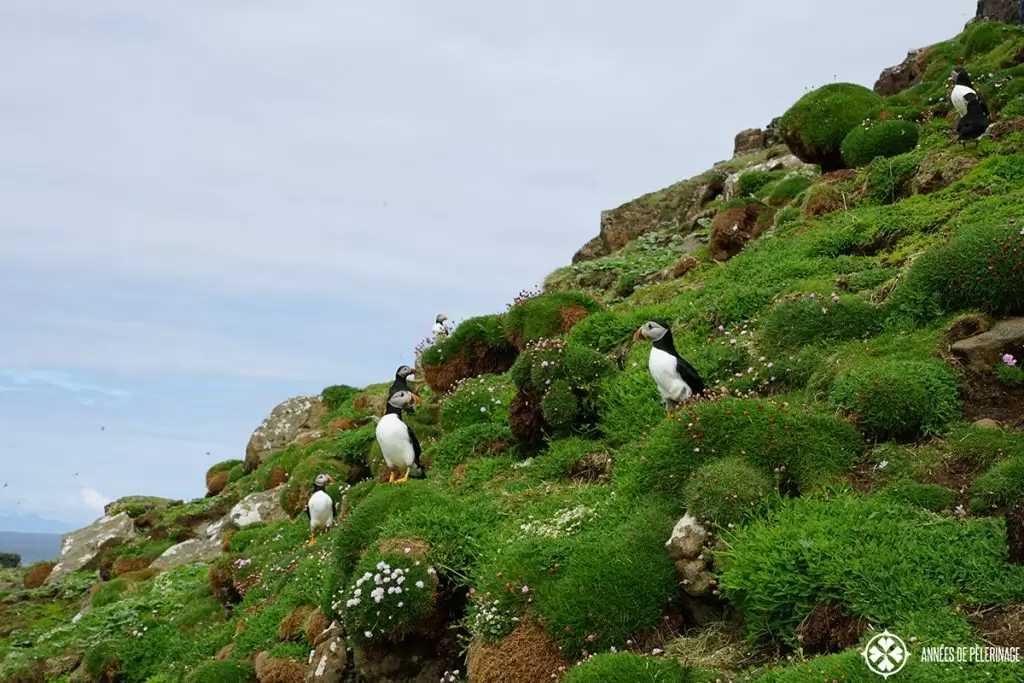
When you plan your trip to Iceland there comes this point where you must decide. This article is meant to help you in the process. If you are still working on your itinerary, you absolutely have to check out the perfect Iceland itinerary I worked out. It is suitable for both seasons and highlights all the best tourist attractions and alternatives. But anyway, let’s talk about the best season to visit Iceland.
Summer vs Winter in Iceland – a preface
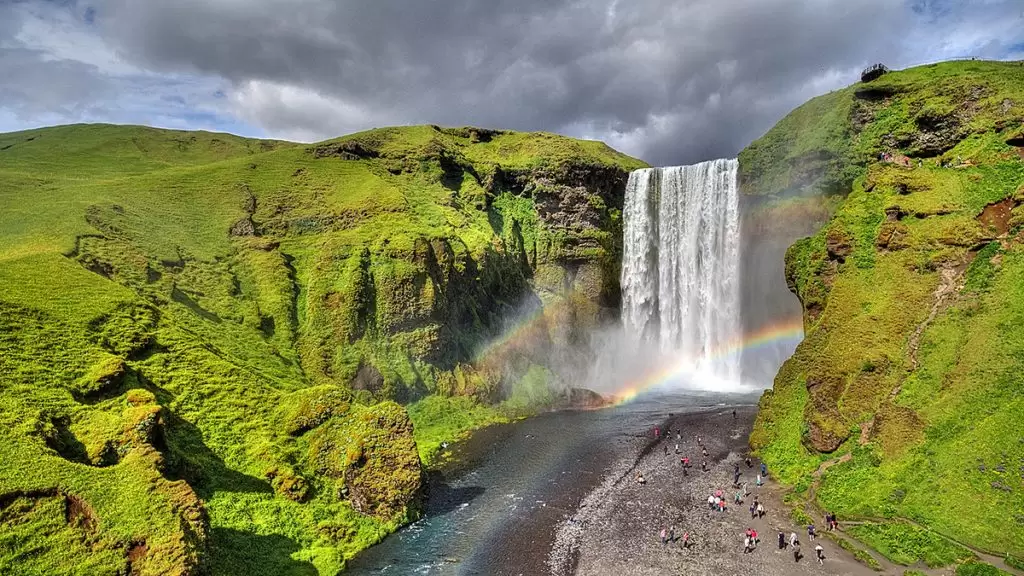
Now, I want to be truthful with you. My introduction might have been a bit misleading. There might be official seasons, but it is quite possible to see snow in summer and equally as likely to have rain or sunshine in winter. As a rule of thumb, you should think of the weather in Iceland as being absolutely unpredictable.
If anything, you should be talking about tendencies. Summer tends to be a bit dryer and warmer, while winter tends to be colder and wetter. The average temperature difference between January and July is barely 10 degrees, though, and July still sees 15 days of rain, as opposed to 21 in October and 20 in January. But don’t let that discourage you: Here’s a lovely post about why it’s always worth to return to Iceland that should convince you to go – no matter the season!
Reykjavik and the golden circle is probably the most favorable part of the country, with the warmest temperature and the highest chance to see the sun. It’s not exactly Miami, but it’s not Spitsbergen either.

Also, it may be called Iceland but only about 10 percent of the country is actually covered in glaciers. That is possibly one of the biggest misconceptions out there. Iceland is not cold. The winter in Maine is probably 10 times colder and harsher, despite being considerably farther south! Favorable oceanic currents keep the water temperature around Iceland pretty stable throughout the year, resulting in an equally “stable” weather.
In fact, the Vikings who discovered Iceland intentionally gave it a misleading name. They wanted their enemies to perish in Greenland (which is admittedly not green at all) and stay away from Iceland. Weirdly enough, this charm holds sway over the tourist hordes until today, making them think Iceland is glacially cold. It is cold & wet, and you should pack very well, but you are not visiting the Antarctic either. Actually, even most professional travel bloggers visiting Iceland want to return! Here’s a lovely Iceland travellog to inspire you.
To sum it up: The weather shouldn’t be your main reason to prefer one season or the other. Decide what you want to see, and pick a season based on your preferences.
Note: Did you know? Iceland is ranked as one of the best girls getaways.
Summer in Iceland
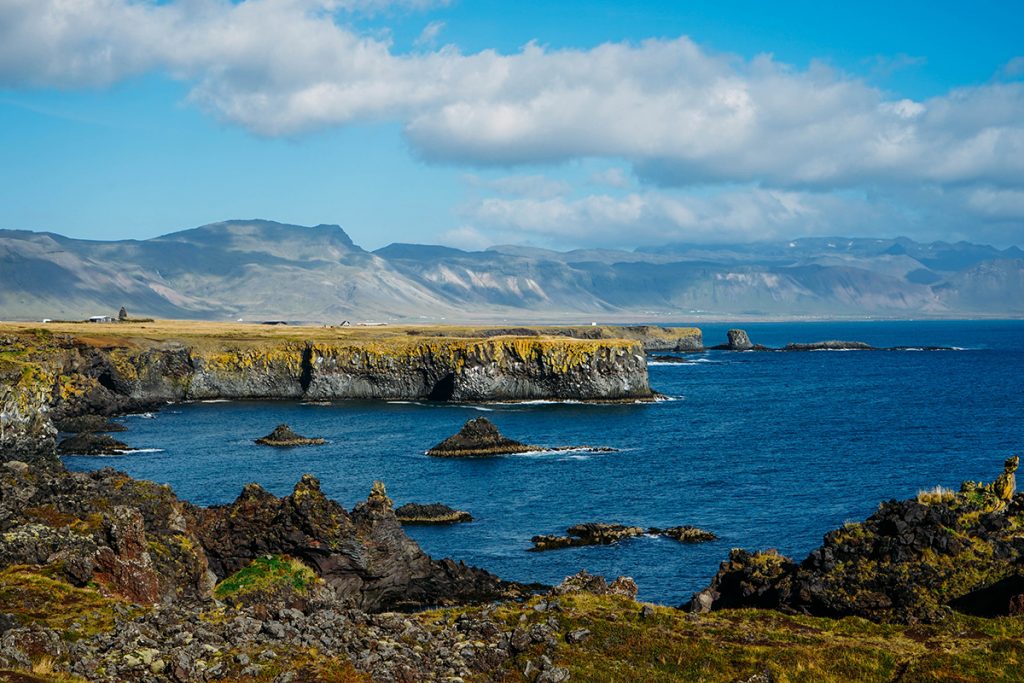
Most people talking about summer in Iceland speak of May to August. Don’t think of it as a time to wear short skirts and getting a tan, but rather a time of the year where certain natural phenomena occur. Here are your main advantages of visiting Iceland in summer:
- The days are longer. Due to its proximity to the arctic circle, the sun barely dips under the horizon in July.
- Wildlife is more abundant in summer. Puffins and seabirds, in general, can only be seen in summer, while whales and other maritime life is also more plentiful.
- A lot of roads (the FWD roads marked with an “F” on the map, like F26) are only open during the summer months, so summer is ideal for road trips
- A lot of hikes in the national parks are also only open during the warmer months, especially in the northern part.
- Seeing all the highlands is only possible in summer.
- Most museums are only open during the summer months.
- On average, it is warmer and dryer.
That being said, glacier hiking is best done in winter, as they can be unstable in summer. Also, activities such as horse riding are better done in summer as well. You can do it in winter, but as it will be cold and there is a high chance of rain. Longer tours run the risk of ending rather cold and miserable. On a bright winter day, they can be all the more magical, though.
Winter in Iceland
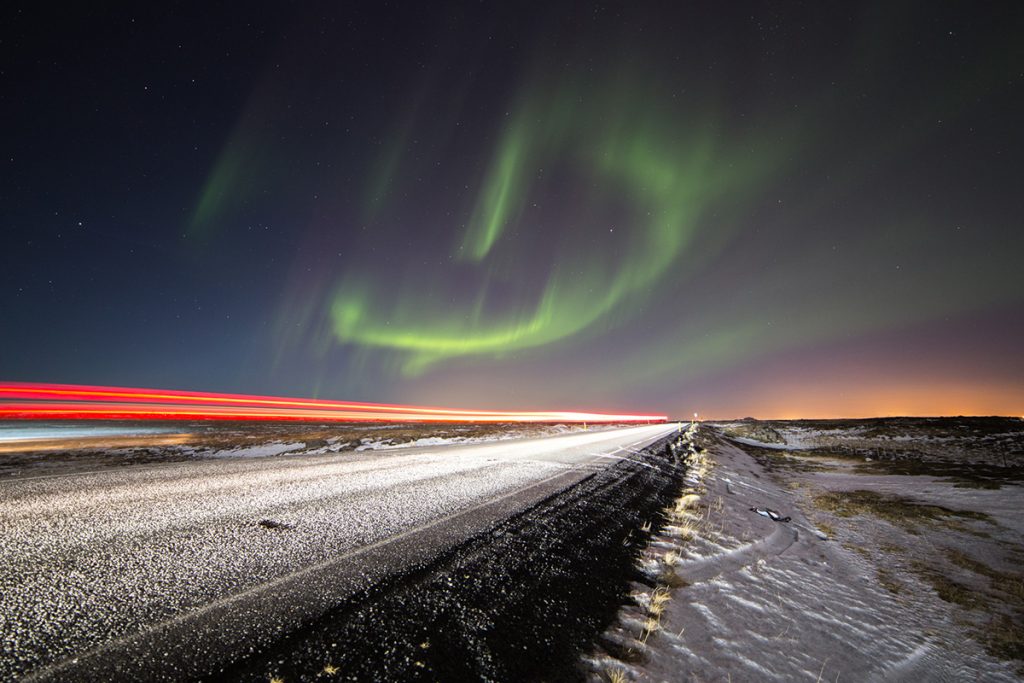
Winter in Iceland is the time between November and April. Snow and ice are possible at any time. But do not think of it as bone-freezing temperatures way below the freezing point. There are in fact many advantages to visiting Iceland in winter.
- The days may be shorter, but that also means that the famous Golden Hour seems to last forever. A photographer’s dream: Sunsets that seem to last a lifetime!
- The Northern Lights (Aurora Borealis) can only be seen from mid-September to mid-April. It’s not that the spectacular natural phenomenon doesn’t occur in summer, it’s just not dark enough to see it. Note that the Northern lights can only be seen on a clear day. There is an official aurora forecast website.
- It is only possible to visit the famous ice caves in winter. They are closed in summer, under water or too dangerous to visit.
- A lot of waterfalls freeze over (some only partially) in winter, creating the most spectacular ice formations.
- There are fewer tourists in winter and prices for accommodations and car rentals tend to be lower a well.
- Skiing, snowmobiling and other winter sports activities are obviously only possible in winter. Iceland is famous for its pristine Heliskiing spots!
- Soaking away in the famous Icelandic geothermal pools and hot springs (like the Blue Lagoon) seems to be so much more rewarding after a cold day outside!
But please don’t forget that a lot of roads are blocked in winter. So, there are quite a lot of regions (especially the highlands) that are only accessible with special vehicles and trained drivers. There are not that many people living high up in the north and it is just not feasible to clear all the roads. This means that any Iceland itinerary for winter should rather stick to the southern part, as it will be considerably harder to reach places like Akureyri from Reykjavik.
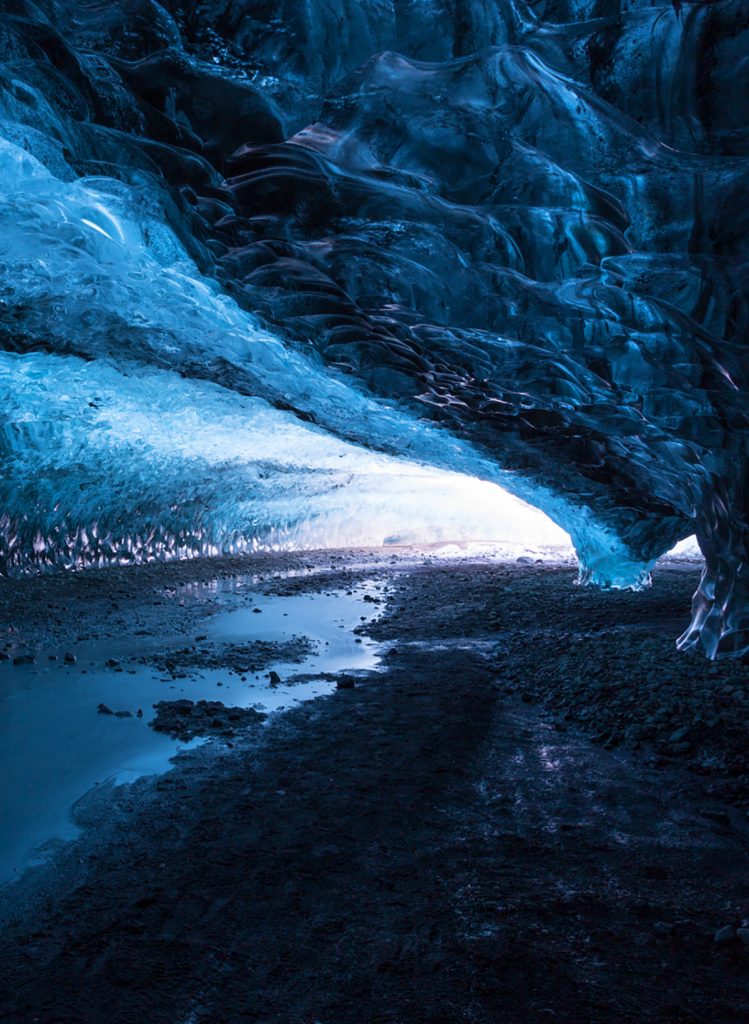
If you plan to drive around yourself, meaning you rent a car, please be aware that driving in winter will be considerably more dangerous. So, better bring a lot of experience with driving in winter! Getting somewhere usually takes longer and life itself seems slower in winter (which doesn’t have to be a disadvantage!)
In winter, it is also possible that prearranged tours can be canceled due to bad weather. So please, check the terms and conditions of your travel agencies to make sure you get a refund just in case.
Last thoughts
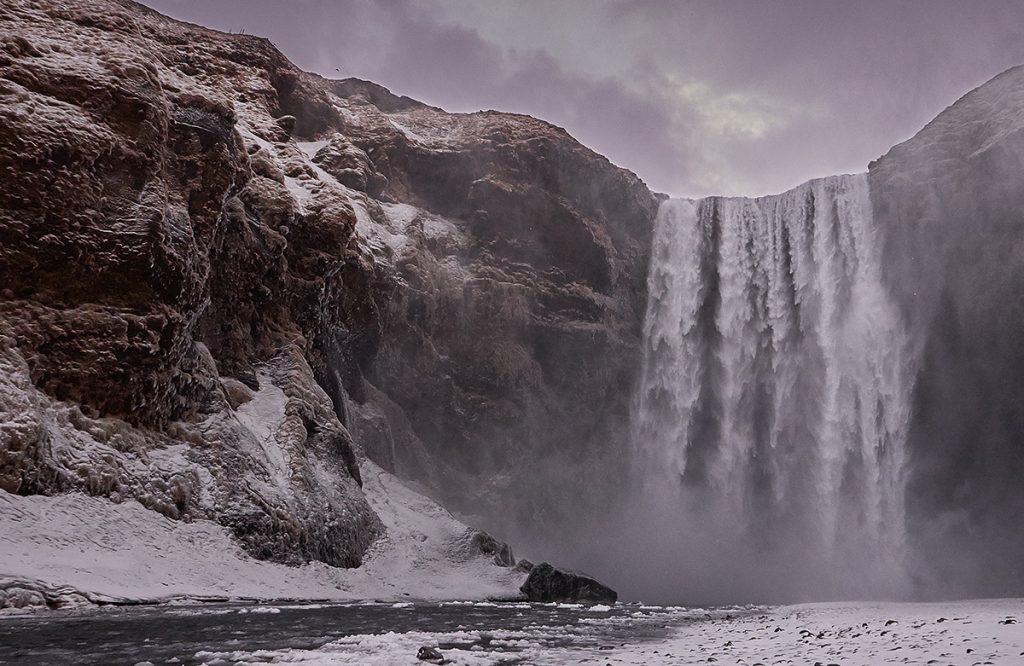
Winter or summer – even after a lot of consideration I had a very hard time deciding and finally ended up with summer, as my travel companions hate the cold (even just a bit).
The Northern Lights and ice caves, however, can only be seen in winter and they are certainly a unique thing to see in Iceland. The landscape in Iceland might be beautiful, but it’s not all that different from, say, Scotland (wrote a guide about the 10 best things to do on the Isle of Skye, Scotland, to give you a good impression).
So frankly, I’d say that the early winter months or what goes for spring elsewhere might just be the best idea. Fewer tourists visit in the shoulder season and you gota good chance to see the Northern Lights. But talking about chances, I guess it really all boils down to chance. Will the weather hold during your stay or not? Here is one relief, though: The natural greens of Iceland will actually look prettier on a rainy day, as the colors seem to be so much more intense after some soaking!
When do you plan to visit Iceland? Summer or winter? Share your thoughts with me! Oh, and don’t forget to pin this article for later reference!
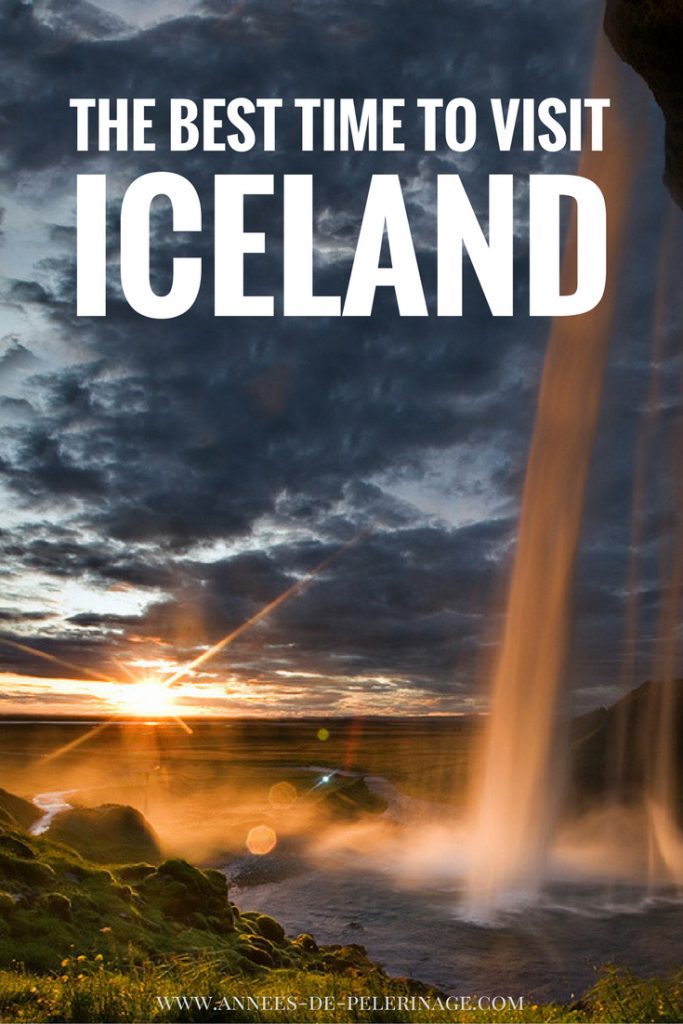
Picture credits: David Phan, Jim, messicanbeer, Angi English, Ómar Smith


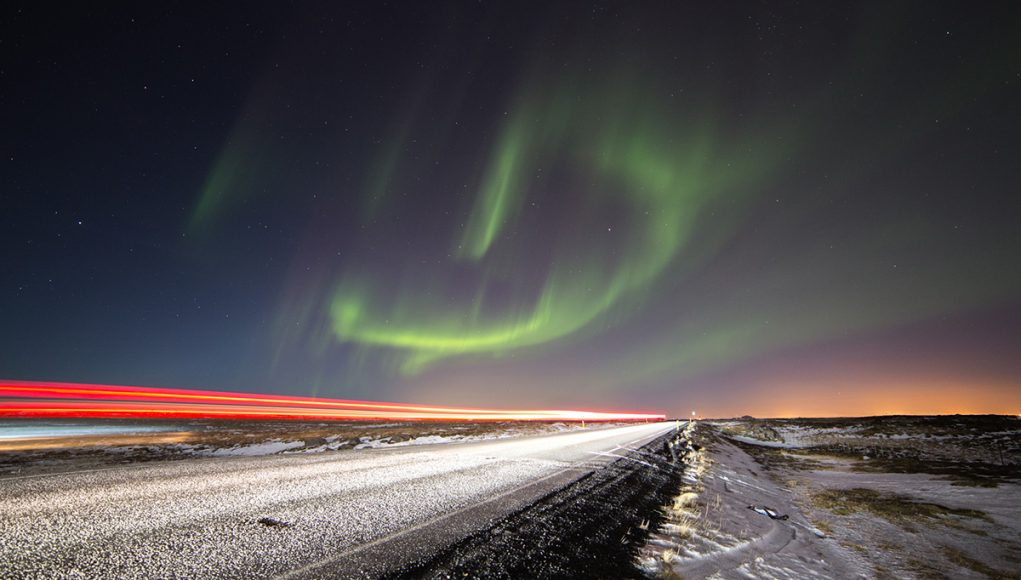
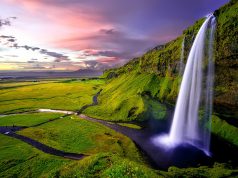
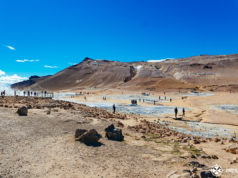
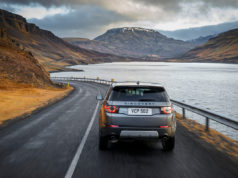

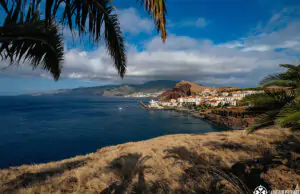
This is the best travel guide for Iceland I have read until now, Norman! Seeing the northern lights is already on my bucket list.
Glad you liked it, Agness. It’s really worth to be on anyone’s bucket list! :)
Over the last 10 years of my creating and leading Toursgallery’s small group tours to Iceland, I have seen a dramatic increase in the number of visitors to Iceland. We always provide a convoy of three 4×4 SuperJeeps in February so that we can get ‘Off Road ‘ to avoid the crowds in the easy access places. In June 2018 we will operate another Midnight Sun Tour covering all of Iceland but spend little time in Reykjavik, so as to avoid the warm weather hordes. Within the next 5 years Iceland will face the problem of being ‘overloved’ by tourists. I recommend that people go now .
Hi Norman! Your post caught my eyes immediately cause i’ve got my tickets to Iceland for late March. I’ll stay there for couple of weeks. The tickets were relatively cheap but I want to be sure, that i’ll have a chance to witness Aurora, to visit caves and all that stuff you mentioned above in the Winter chapter. I adore winter hiking on my own no matter how risky and dangerous it is.
I looked through many sourses searching for weather info and avaliable activities in Iceland for planned period. And I found that it’s possible to witness Northern lights then. Can this be true? Do you think I’ll be satisfied with a trip? Help!
Hey Sandra,
yes, that is still possible. As long as it’s dark, you can see the Northern Lights :)
Hello Would I be able to see everything in Iceland either late Summer August or Early Spring in September? i.e Puffin birds, famous ice cave, aurora lights etc. Not too cold and not too hot weather would be possible.